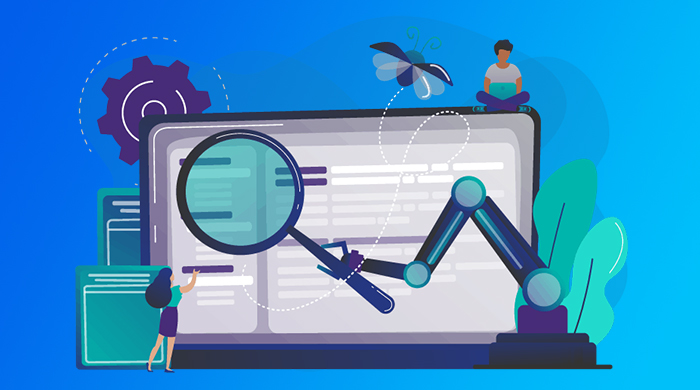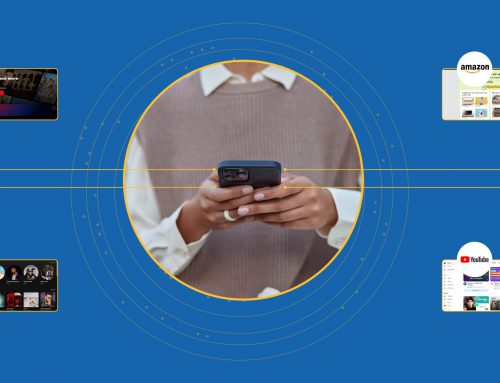Table of Contents
Today in this digital era, we are encircled by various software and applications, serving our necessities and making our lives simpler. Considering its importance, the companies are striving to develop software that stands out in the market and functions better than their competitors. 67% of users cite bad experiences as the reason for switching to other applications.
Not only losing customers, but lack of software testing might also result in some major business damages. One of the biggest examples of the consequences of bad software testing was the Mt. Gox Bitcoin Hack 2010. The Japanese bitcoin exchange, Mt. Gox lost 850,000 bitcoins, due to the weak system, which might have been avoided if the system was tested thoroughly and periodically as well as was up to date.
Software testing is an indispensable part of the development process that helps you to track and test your application performance. It also broadens the scope of software improvement, leading to better customer satisfaction. You can test your project both manually and automatically, based on your business needs. Having their fair share of pros and cons, automated and manual testing can work wonders if implemented correctly. On one hand, where automation testing promises speed and accuracy, manual testing delivers quality and functionality on the other.
Hence, you need to thoroughly understand the powers and weaknesses of both the testing types, based on which you can implement the right one at the right stage of your project. Here is a definitive guideline to help you understand the right usage of both the form of testing and find a balance between them. However, before hopping on this, let’s acquaint you with Automated and Manual Testing.
What is Automated Software Testing?
Automated testing is a process that uses testing tools to automate various tasks of the testing process. You can write a test case once and execute it as many times as you desire, saving your time and efforts. Automated testing proves to be extremely useful for tasks that are time-consuming or are frequently reused. It also helps you to mitigate human errors like missing bugs in the testing process, making the process more reliable as well as efficient, ascribed to the tools like Selenium and Appium.
Pros Of Automated Testing
- Cost-effective in the long run.
- Enables you for simultaneous testing.
- It helps in finding more bugs.
- Facilitates the scalable testing process.
- Offers time-efficient testing.
- It is recordable and reusable.
- Contributes to the overall productivity of the development process.
- Works great for advanced GUI testing, allowing you to quickly observe the changes on multiple platforms.
- Empowers you to test the load and performance of the software and applications.
Cons Of Automated Testing
- Automated testing tools can cost you high, making them expensive for short-term projects.
- Not fit for small-scale applications, requiring unnecessary time and cost for smaller and simpler tasks.
- Tools are limited to technical logic and instructions, it cannot tell you about the look and feel of the software i.e the user experience.
- Automation Testing cannot guarantee the software being error-free as it cannot locate the errors that it is not programmed to find.
- Proves to be a complicated process in the case of the Agile project, requiring you to rework the automated test cases every time a change is proposed.
What is Manual Software Testing?
Though Automation testing is extremely important as well as helpful in this fast-moving world, the human touch to perfection cannot be overlooked. Manual testing is the process of validating and testing the software without using any testing tools. There are scenarios in the software development process that require instant attention and need to be explored, this is where the manual testing proves to be useful.
Pros Of Manual Testing
- More accurate UI/UX testing.
- Cost-effective for smaller projects.
- Feasible to identify app crashes.
- No dependency on the automation tools.
- Quick approach for small changes.
- Navigation testing.
- Responsiveness testing.
Cons Of Manual Testing
- The occurrence of human errors is a possibility, hence is not completely reliable.
- Cannot be recorded automatically. You need to document it manually.
- 100% accuracy cannot be promised.
- Manual testing is not reusable.
- You need to hire a competent tester for the same.
- Difficult to test complex scenarios.
- Time taking process as you have to test the repetitive task manually.
Finding Balance between Automated and Manual Testing
For a user, your product is only as good as its performance and that’s why testing and quality assurance is key to the success of the software or application. No matter what testing goals you have, preemptive strategizing works great for a balanced testing process and a spectacular product.
To find a balance between both the testing processes, you should be clear about the stages as well as conditions where you can execute a particular testing process. Based on the pros and cons of each testing process, here is a quick list of the scenarios where they can be used-
When To Use Automated Testing?
- For Regression Testing.
- For a faster testing process.
- For repetitive tasks.
- Large scale performance testing.
- For testing complex use-cases.
When to Use Manual Testing?
- When the tester requires flexibility to test the project immediately and get the output.
- For Usability testing/ User experience testing.
- For Short term projects.
- For Exploratory testing.
- For Adhoc testing or Unplanned testing.
- For the scenarios that are not automatable.
- To test the device compatibility.
Conclusion
According to KPMG research, 50% of IT failures occur due to inefficient testing. Hence, a company needs to test its software properly to deliver quality. By now you might have understood the strengths and weaknesses of each approach as well as their usage areas.
If you want to develop flawless software or website and avoid failures, you should have a full-proof as well as a balanced testing strategy in place. Hire our Selenium and Appium experts, who will not only formulate the best-suited strategy for your business but also assist you to achieve defect-free software applications as well as websites and accelerate the development cycle while assuring quality.


























Leave A Comment